Archives
- By thread 4686
-
By date
- June 2021 10
- July 2021 6
- August 2021 20
- September 2021 21
- October 2021 48
- November 2021 40
- December 2021 23
- January 2022 46
- February 2022 80
- March 2022 109
- April 2022 100
- May 2022 97
- June 2022 105
- July 2022 82
- August 2022 95
- September 2022 103
- October 2022 117
- November 2022 115
- December 2022 102
- January 2023 88
- February 2023 90
- March 2023 116
- April 2023 97
- May 2023 159
- June 2023 145
- July 2023 120
- August 2023 90
- September 2023 102
- October 2023 106
- November 2023 100
- December 2023 74
- January 2024 75
- February 2024 75
- March 2024 78
- April 2024 74
- May 2024 108
- June 2024 98
- July 2024 116
- August 2024 134
- September 2024 130
- October 2024 141
- November 2024 171
- December 2024 115
- January 2025 216
- February 2025 140
- March 2025 220
- April 2025 233
- May 2025 30
-
Planon Workplace Edition: Valuable insights from smart workplace sensors
Schneider Electric
Develop an Engaging WorkplaceDear Abul
Hybrid working is the new way of working. But are you struggling to balance real estate and leasing costs, empty desks, and employee engagement?
Planon Workplace Edition: The Ideal Solution for Professional Workplace Strategists, Facilities Managers and Building Occupants
As a workplace or facilities management leader, you need to navigate a path towards an effective mix of office space, home offices and other remote workplaces that drives increasing employee engagement – helping your organisation to perform at its best.Planon Workplace Edition is a cloud-based, modular software solution, underpinned by smart occupancy and environmental sensors. It helps you address the twin challenges of employee engagement and business resilience. It is the only comprehensive, turnkey solution that meets the needs of innovative workplace strategists, facility services teams and knowledge workers to enhance the workplace experience and build business resilience.
Click "Download" to read the brochure, and learn about the key challenges this solution can help you address.Let's connectWarmest regards,
Margaret Hariman
Business Enterprise Solutions, Sales Lead+ Lifecycle Services From energy and sustainability consulting to optimizing the life cycle of your assets, we have services to meet your business needs. Schneider Electric
46 Rungrojthanakul Building. 1st, 10th, 11th Floor, Ratchadapisek Road. Huaykwang
Bangkok - 10310, Thailand
Phone +662 617 5555© 2023 Schneider Electric. All Rights Reserved. Schneider Electric is a trademark and the property of Schneider Electric SE, its subsidiaries and affiliated companies. All other trademarks are the property of their respective owners.
by "Schneider Electric" <reply@se.com> - 09:00 - 15 Jan 2023 -
New Fiverr Business tools to kick off 2023
Everything we launched to make working with talent more flexible.Skip the search, get matched From browsing to briefs, get AI-powered matches with the most relevant freelancers & choose whether to reach out or let the proposals come to you.
Post a brief →Get your project managed
Connect with expert Project Partners who are ready to find, manage, and deliver the talent and the work you need.
Partner up →Align with freelancers on Zoom
Kick off every freelance collaboration with a video meeting that will clear up any confusion and jump-start your productivity.
See how →Choose how you browse
Use the new toggle to switch between “Freelancers” or “Services” to make sure you find exactly what you’re looking for.
Take me there →Extend your reviewal time
Enjoy an extended 8-day delivery review time on orders* to check work, consult with co-workers, and make sure the results hit the spot!
*excludes Milestones orders
Take me there →
See how Fiverr teams use Fiverr Business





Privacy Policy | Support | Invite a Friend | Get Inspired
This email was sent to you by Fiverr International Ltd.
You are receiving this email because you signed up for Fiverr.
If you wish to unsubscribe from all future emails, please click here
Fiverr International Ltd. | 38 Greene St. | New York, NY 10013, USA

by "Fiverr" <no-reply@announce.fiverr.com> - 08:03 - 15 Jan 2023 -
The week in charts
The Week in Charts
Food loss, net zero, and more Share these insights
Did you enjoy this newsletter? Forward it to colleagues and friends so they can subscribe too. Was this issue forwarded to you? Sign up for it and sample our 40+ other free email subscriptions here.
This email contains information about McKinsey's research, insights, services, or events. By opening our emails or clicking on links, you agree to our use of cookies and web tracking technology. For more information on how we use and protect your information, please review our privacy policy.
You received this email because you subscribed to The Week in Charts newsletter.
Copyright © 2023 | McKinsey & Company, 3 World Trade Center, 175 Greenwich Street, New York, NY 10007
by "McKinsey Week in Charts" <publishing@email.mckinsey.com> - 03:45 - 14 Jan 2023 -
Acelerar la transición energética, región por región
Harmony Internal - McKinsey
Además, el estado de la inteligencia artificial
by "Destacados de McKinsey" <publishing@email.mckinsey.com> - 08:20 - 14 Jan 2023 -
Davos, global trade, innovation and more: The Daily Read weekender
Harmony Internal - McKinsey
Recharge with this week’s big reads Brought to you by Liz Hilton Segel, chief client officer and managing partner, global industry practices, & Homayoun Hatami, managing partner, global client capabilities
As you slide into the weekend, take a moment to get the latest on Davos 2023, global trade, innovation to weather uncertainty, and more.
QUOTE OF THE DAY
chart of the day
Ready to unwind?
— Edited by Joyce Yoo, editor, New York
Share these insights
Did you enjoy this newsletter? Forward it to colleagues and friends so they can subscribe too. Was this issue forwarded to you? Sign up for it and sample our 40+ other free email subscriptions here.
This email contains information about McKinsey's research, insights, services, or events. By opening our emails or clicking on links, you agree to our use of cookies and web tracking technology. For more information on how we use and protect your information, please review our privacy policy.
You received this email because you subscribed to the Daily Read newsletter.
Copyright © 2023 | McKinsey & Company, 3 World Trade Center, 175 Greenwich Street, New York, NY 10007
by "McKinsey Daily Read" <publishing@email.mckinsey.com> - 06:15 - 13 Jan 2023 -
What were some of the biggest tech highlights of 2022?
On Point
Tech trends in eight charts Brought to you by Liz Hilton Segel & Homayoun Hatami
Global leaders, Industry & Capabilities Practices• Top three AI capabilities. In 2022, organizations continued to increase their use of AI. From 2018 to 2022, the average number of AI capabilities that organizations used doubled from 1.9 to 3.8, according to research by McKinsey senior partner Alex Singla and colleagues. Robotic process automation, computer vision, and natural-language text topped the list of the capabilities that companies were most likely to use. Looking ahead, generative AI models like ChatGPT and Stable Diffusion could usher in the next boom in AI use.
— Edited by Belinda Yu, editor, Atlanta
This email contains information about McKinsey's research, insights, services, or events. By opening our emails or clicking on links, you agree to our use of cookies and web tracking technology. For more information on how we use and protect your information, please review our privacy policy.
You received this email because you subscribed to the On Point newsletter.
Copyright © 2023 | McKinsey & Company, 3 World Trade Center, 175 Greenwich Street, New York, NY 10007
by "McKinsey On Point" <publishing@email.mckinsey.com> - 10:04 - 12 Jan 2023 -
Artificial intelligence in strategy
Harmony Internal - McKinsey
Tune in Brought to you by Liz Hilton Segel & Homayoun Hatami
Global leaders, Industry & Capabilities PracticesArtificial intelligence has become commonplace, in business as well as in our personal toys and appliances. But while business functions like marketing, supply chain management, and service operations have been quick to embrace the promise of AI, strategists have been more reticent. Yet strategy can greatly benefit from AI, says McKinsey senior partner Yuval Atsmon in a new episode of McKinsey’s Inside the Strategy Room podcast. From analytics and forecasts of today to carefully managed delegation of decisions in the future, the right AI tools can help businesses unlock key improvements including less-biased decision making and faster strategic choices.
Quote of the day
—Juan C. Andrade, CEO of Everest, on addressing emerging risks in the insurance industry in “Leading with purpose: An interview with Everest’s Juan C. Andrade”
Chart of the day
ALSO NEW
— Edited by Stephanie d’Arc Taylor, editor, Southern California
Share these insights
Did you enjoy this newsletter? Forward it to colleagues and friends so they can subscribe too. Was this issue forwarded to you? Sign up for it and sample our 40+ other free email subscriptions here.
This email contains information about McKinsey's research, insights, services, or events. By opening our emails or clicking on links, you agree to our use of cookies and web tracking technology. For more information on how we use and protect your information, please review our privacy policy.
You received this email because you subscribed to the Daily Read newsletter.
Copyright © 2023 | McKinsey & Company, 3 World Trade Center, 175 Greenwich Street, New York, NY 10007
by "McKinsey Daily Read" <publishing@email.mckinsey.com> - 06:21 - 12 Jan 2023 -
Is life expectancy declining in your region?
Harmony Internal - McKinsey
The good news: Most people increased GDP per capita and extended their life expectancy New from McKinsey & Company
Of the almost 660 microregions where life expectancy has declined over the past two decades, 650 are in Mexico and the United States. What’s causing this health decline? And which microregions are “firing on all cylinders” when it comes to GDP and population growth? Find out in Never stop: Progress in health and income at the top, Chapter 4 of Pixels of Progress from the McKinsey Global Institute.
Share these insights
Did you enjoy this email? Forward it to colleagues and friends so they can subscribe too. Was this alert forwarded to you? Sign up for it and sample our 40+ other free email subscriptions here.
This email contains information about McKinsey's research, insights, services, or events. By opening our emails or clicking on links, you agree to our use of cookies and web tracking technology. For more information on how we use and protect your information, please review our privacy policy.
You received this email because you subscribed to our McKinsey Global Institute alert list.
Copyright © 2023 | McKinsey & Company, 3 World Trade Center, 175 Greenwich Street, New York, NY 10007
by "McKinsey Global Institute" <publishing@email.mckinsey.com> - 02:30 - 12 Jan 2023 -
You're invited 🎙 Webinar: Cost-effective hiring - Smarter ways to find and attract top global talent
You're invited 🎙 Webinar: Cost-effective hiring - Smarter ways to find and attract top global talent
Join Remote's CEO, HR & People team as they share their tips and experiences about how to find, and retain the best global candidates.Hi MD 👋 you are exclusively invited to join us to our upcoming webinar..
Cost-effective hiring: Smarter ways to find and attract top global talent
Date and times:
Thursday, January 26th, 2023
5.00PM UTC
6:00PM CET
12:00PM EST
9:00AM PSTWhat will you learn?
- Where to find the best talent around the world
- Building a headcount budget for your distributed team
- How to account for benefits, stock options, and more
- Establishing a fair and equitable global compensation plan
- Creating systems and processes to welcome a distributed workforce
Companies thrive when they have great teams. But how can you grow a team of all-stars while keeping your headcount budget on track?
Remote has helped thousands of businesses expand their teams. In this special online event, experts from Remote's own HR and People team will share their tips and experiences about how to find, attract, onboard, and retain the best global candidates for your open roles — all while staying on budget.
Speakers:
Job van der Voort - CEO of Remote
Anastasia Pshegodskaya - Director of Talent Acquisition
Pavania Naidu - Senior Total Rewards Specialist at Remote
Karen Falenius - Director of International Growth
Attendees at this event will also be eligible for SHRM credit!
* To unlock SHRM credit you must watch at least 75% of the event, as per SHRM requirements.
Grow your headcount
without the headaches.




You received this email because you are subscribed to Conferences & Events from Remote Technology, Inc.
Update your email preferences to choose the types of emails you receive.
Unsubscribe from all future emailsRemote Technology, Inc.
Copyright © 2023 Remote Technology, Inc. All rights reserved.
18 Bartol St. #1163 San Francisco California
by "Remote" <hello@remote-comms.com> - 10:30 - 12 Jan 2023 -
API Trends in 2023 - Don’t Miss the Webinar
SmartBear
Avoid the FOMO! Join us to learn about API predictions for 2023Haven't made plans for January 18th yet? Good!
We are hosting our next webinar where we will share our predictions for APIs in 2023 and teasers of the incredible innovations coming to SmartBear in 2023.
 Hi Abul,
Hi Abul,
We’re excited for our next webinar, 2023 API Predictions: Shift-Left and Standardize for Success, and hope you are too!
Join SmartBear API gurus Frank Kilcommins and Alex Bonstrom as they discuss:
- Insights from 2022’s API trends and our predictions for 2023
- The possible impact of economic headwinds - and how to mitigate those impacts
- How APIs can drive seamless digital experiences, foster rapid innovation, help to maintain regulatory standards
 Hope to see you there!
Hope to see you there!
 Andrew MarottaGrowth Marketing Manager, SmartBear
Andrew MarottaGrowth Marketing Manager, SmartBear This email was sent to {lead.Eamil Address} by SmartBear Software, 450 Artisan Way, Somerville, MA. 02145, 617.684.2600, www.smartbear.com. We hope you found this email of interest. However, we value your privacy. If you do not wish to receive future correspondence from us, please click here to manage email preferences.
This email was sent to {lead.Eamil Address} by SmartBear Software, 450 Artisan Way, Somerville, MA. 02145, 617.684.2600, www.smartbear.com. We hope you found this email of interest. However, we value your privacy. If you do not wish to receive future correspondence from us, please click here to manage email preferences.
by "Andrew from SwaggerHub" <swaggerhub-team@smartbearmail.com> - 09:35 - 12 Jan 2023 -
More than 40,000 microregions tell a nuanced story of human development over 20 years
On Point
Our new report on human development Brought to you by Liz Hilton Segel & Homayoun Hatami
Global leaders, Industry & Capabilities Practices• Pixels of progress. A new McKinsey Global Institute report, Pixels of Progress: A granular look at human development around the world, provides a dramatically different perspective of human progress. The report, coauthored by McKinsey senior partner Sven Smit and his colleagues, splits the world into more than 40,000 microregions, delivering a view of development that is 230 times more granular than a country perspective. Enhancing our understanding of global progress could help countries and organizations make better, more targeted decisions.
• Two decades of development. Our new data set reveals the true extent of human development from 2000 to 2019. Almost half the world’s population in 2019 lived in places with living standards only attained by the top 21% in 2000. Meanwhile, the group of people living in microregions with the lowest living standards fell from a high of more than one billion in 2000 to a few hundred million in 2019. See six chapters of the report that reveal humanity’s progress over the past 20 years, and register for a webinar with authors and experts on January 24, 2023.
— Edited by Belinda Yu, editor, Atlanta
This email contains information about McKinsey's research, insights, services, or events. By opening our emails or clicking on links, you agree to our use of cookies and web tracking technology. For more information on how we use and protect your information, please review our privacy policy.
You received this email because you subscribed to the On Point newsletter.
Copyright © 2023 | McKinsey & Company, 3 World Trade Center, 175 Greenwich Street, New York, NY 10007
by "McKinsey On Point" <publishing@email.mckinsey.com> - 12:28 - 12 Jan 2023 -
Axle-Load Sensor - White Label GPS Tracking Software
Axle-Load Sensor - White Label GPS Tracking Software
Start your profitable GPS tracking business.
Axle-load Sensor: Monitor Cargo Weight
65+ countries | 500,000+ units | 50,000+ happy customers
Tracker independent | Supports multiple language
.png?width=1200&upscale=true&name=stack-freight-containers-docks-with-truck-twilight-time%201%20(1).png)
Verify the cargo weight accurately to prevent overweight fines and underhand cargo theft. Get better performance and efficiency with proper weight distribution.
Standard Benefits
.png?width=600&upscale=true&name=Group%2030465%20(2).png)
Underweight or overweight cargo
Improper cargo weight can also cause accidents. Check proper weight distribution at every
single stop.
.png?width=600&upscale=true&name=Group%203046652%20(1).png)
Improve fuel economy
By monitoring axle loads, fleet owners can optimize their fleet's performance and save money with better
fuel mileage.
.png?width=600&upscale=true&name=Group%2030467%20(1).png)
Load status
Get real-time details about the
maximum load, minimum load and average load for all vehicles
of the fleet.
.png?width=600&upscale=true&name=Group%2030468%20(2).png)
Report
Get detailed weight distribution reports with real-time alerts for underweight or overweight loads for drivers
and fleet managers.
Fleet Management Platform That Grows With You
.png?width=380&upscale=true&name=Group%20295211%20(2).png)
.png?width=380&upscale=true&name=Group%20295311%20(2).png)
.png?width=380&upscale=true&name=Group%20295411%20(2).png)
Uffizio India Software Consultant Pvt Ltd, 4th Floor, Metropolis Opp S.T Workshop, Abrama-Dharampur Rd, Valsad, Gujarat 396001, Valsad, Gujarat 396001, India, +91-7285855104
by "Jignesh Pardeshi" <official@uffizio.in> - 10:30 - 11 Jan 2023 -
Keeping up with Black consumers
Harmony Internal - McKinsey
Change the paradigm Brought to you by Liz Hilton Segel & Homayoun Hatami
Global leaders, Industry & Capabilities PracticesWhat role does fashion play in your life? For many Black American consumers, it is linked to one’s personal and cultural identity, according to senior partners Tiffany Burns, Shelley Stewart, partner Ammanuel Zegeye, and their coauthors. In a new article, they write that “Black Americans have long set and influenced broader tastes and trends in fashion” and it is time for fashion brands to better meet the needs of this segment across the value chain. Be sure to check it out and see how companies can effectively serve Black consumers, including amplifying Black-owned brands and strengthening the presence of brands in Black communities.
Quote of the day
Chart of the day
ALSO NEW
— Edited by Hanna Carney, editor, New York
Share these insights
Did you enjoy this newsletter? Forward it to colleagues and friends so they can subscribe too. Was this issue forwarded to you? Sign up for it and sample our 40+ other free email subscriptions here.
This email contains information about McKinsey's research, insights, services, or events. By opening our emails or clicking on links, you agree to our use of cookies and web tracking technology. For more information on how we use and protect your information, please review our privacy policy.
You received this email because you subscribed to the Daily Read newsletter.
Copyright © 2023 | McKinsey & Company, 3 World Trade Center, 175 Greenwich Street, New York, NY 10007
by "McKinsey Daily Read" <publishing@email.mckinsey.com> - 06:28 - 11 Jan 2023 -
Set the stage for a successful 2023
New year, new opportunities, and a brand new eBook to help you maximize both.
 Make it your yearCan you hear that? It’s the sound of thousands of businesses clicking on their ticket to a top-notch 2023.That’s right. Our annual New Year’s eBook is here, and it’s jam-packed with everything you need to know to set the stage for a successful year. From data and trends to tips and tools, it’s all there to help you jump into January with some solid strategies up your sleeve.Ready to make some noise? Click, click!
Make it your yearCan you hear that? It’s the sound of thousands of businesses clicking on their ticket to a top-notch 2023.That’s right. Our annual New Year’s eBook is here, and it’s jam-packed with everything you need to know to set the stage for a successful year. From data and trends to tips and tools, it’s all there to help you jump into January with some solid strategies up your sleeve.Ready to make some noise? Click, click!Download now 




Privacy Policy | Support | Invite a Friend | Get Inspired
This email was sent to you by Fiverr International Ltd.
You are receiving this email because you signed up for Fiverr.
If you wish to unsubscribe from all future emails, please click here
Fiverr International Ltd. | 38 Greene St. | New York, NY 10013, USA

- - - - - - - - - - - - - - - - - - - - - - -
by "Fiverr" <no-reply@announce.fiverr.com> - 06:02 - 11 Jan 2023 -
Ten key themes may help fashion companies adapt to increasing complexity
On Point
The State of Fashion 2023 Brought to you by Liz Hilton Segel & Homayoun Hatami
Global leaders, Industry & Capabilities Practices• Forecasting fashion. In 2023, the global fashion industry will contend with the effect of inflation on consumers. Fashion executives are pessimistic about the year ahead, with 97% saying that they expect their cost of goods sold and SG&A expenses to increase, according to The State of Fashion 2023, a joint report from the Business of Fashion and McKinsey. While the fashion industry faces a tough climate, many brands are in a stronger position than they were a year ago, explain McKinsey senior partners Anita Balchandani and Achim Berg and their coauthors.
— Edited by Alexandra Mondalek, editor, New York
This email contains information about McKinsey's research, insights, services, or events. By opening our emails or clicking on links, you agree to our use of cookies and web tracking technology. For more information on how we use and protect your information, please review our privacy policy.
You received this email because you subscribed to the On Point newsletter.
Copyright © 2023 | McKinsey & Company, 3 World Trade Center, 175 Greenwich Street, New York, NY 10007
by "McKinsey On Point" <publishing@email.mckinsey.com> - 12:41 - 11 Jan 2023 -
What we can expect in tech in 2023 according to McKinsey leaders
Harmony Internal - McKinsey
Lead in tech Brought to you by Liz Hilton Segel & Homayoun Hatami
Global leaders, Industry & Capabilities PracticesHave you made your new year’s tech resolutions? Companies’ tech priorities will shape the business landscape for 2023 and beyond. In a new article, McKinsey leaders lay out what the year might hold and how companies should think about their tech “resolutions” so they can navigate trying economic times and grow into an even more interconnected world. Freeing tech talent, prepping the board for tipping point technologies, paying down some of your tech debt, putting your cloud house in order to cut costs and spur growth, decentralizing innovation, and six other top trends will rule the tech conversations this year. Explore the entire collection, featuring commentary from McKinsey senior partners Aamer Baig, Klemens Hjartar, Lareina Yee, and more for a glimpse into a shiny new future.
Quote of the day
—McKinsey senior partner Brian Elliott on his first time receiving tough feedback in a recent episode of My Rookie Moment
Chart of the day
ALSO NEW

World Economic Forum: Live from Davos: January 19 at 9:30am ET
In a special “Live from Davos” event, senior partners Kate Smaje and Daniel Pacthod will provide a first-hand account of what they’re seeing and hearing in their sessions with global leaders at the World Economic Forum.
— Edited by Sarah Skinner, editor, New York
Share these insights
Did you enjoy this newsletter? Forward it to colleagues and friends so they can subscribe too. Was this issue forwarded to you? Sign up for it and sample our 40+ other free email subscriptions here.
This email contains information about McKinsey's research, insights, services, or events. By opening our emails or clicking on links, you agree to our use of cookies and web tracking technology. For more information on how we use and protect your information, please review our privacy policy.
You received this email because you subscribed to the Daily Read newsletter.
Copyright © 2023 | McKinsey & Company, 3 World Trade Center, 175 Greenwich Street, New York, NY 10007
by "McKinsey Daily Read" <publishing@email.mckinsey.com> - 06:07 - 10 Jan 2023 -
Does higher income mean a longer life span?
Harmony Internal - McKinsey
There are many paths to longevity New from McKinsey & Company
In 2000, Wroclaw had $23,400 in GDP per capita and 74.9 years of life expectancy, similar to living standards in Ensenada on Mexico’s Pacific coast. Twenty years later, the city’s income was $55,000 and its citizens had an average 79.5 years of life expectancy, comparable to Providence, Rhode Island. In other microregions, human development diverged widely. Understand why the relationship between economic prosperity and health is less straightforward than it might seem in A dividend paid in years: Getting more health from each dollar of income, Chapter 3 of Pixels of Progress from the McKinsey Global Institute.
Share these insights
Did you enjoy this email? Forward it to colleagues and friends so they can subscribe too. Was this alert forwarded to you? Sign up for it and sample our 40+ other free email subscriptions here.
This email contains information about McKinsey's research, insights, services, or events. By opening our emails or clicking on links, you agree to our use of cookies and web tracking technology. For more information on how we use and protect your information, please review our privacy policy.
You received this email because you subscribed to our McKinsey Global Institute alert list.
Copyright © 2023 | McKinsey & Company, 3 World Trade Center, 175 Greenwich Street, New York, NY 10007
by "McKinsey Global Institute" <publishing@email.mckinsey.com> - 03:23 - 10 Jan 2023 -
1 hour to go ! The service mesh v/s APIM debate - What you should know for your API-first business
The service mesh v/s APIM debate - What you should know for your API-first business
A debate for the ages. Let's kick off 2023 settling the Service Mesh v/s APIM debate once and for all!Hi MD Abul,
Just 1 hour to go for our 1st event of 2023!
Don't miss out on an exciting conversation looking at the similarities and differences between a service mesh and an API gateway, and how do you choose what's right for your API-first business!
In this edition of the great API debate, join Sedky Abou-Shamalah, Director Solution Architecture, Ahmet Soormally, Head of Research, and Budha, Product Evangelist at Tyk on Jan 10, 2023 07:00 PM GMT/ 02:00 PM Eastern as they unpack the similarities and differences between the two, answering some of your most burning questions such as:
- If I adopt a service mesh approach to applications, do I still need an API gateway?
- If I already have an API gateway, should I bother with service mesh?
- I can’t possibly use both, can I?
It's a debate for the ages. So, let's kick off 2023 settling the Service Mesh v/s APIM debate once and for all!
See you in an hour!
Faye
Community Manager
Tyk
P.S. We have more events coming soon! Check them out.
.png?width=1120&upscale=true&name=service-vs-apim_email-signature_date%20(1).png)
Tyk, 87a Worship Street, London, City of London EC2A 2BE, United Kingdom, +44 (0)20 3409 1911
by "Faye Tandog" <faye@tyk.io> - 01:09 - 10 Jan 2023 -
Reversal of fortune: for the first time in decades, the global balance sheet has shrunk
On Point
Four scenarios for the global balance sheet Brought to you by Liz Hilton Segel & Homayoun Hatami
Global leaders, Industry & Capabilities Practices• A generational change. In a new McKinsey Global Institute report, McKinsey partner Jan Mischke and senior partner Olivia White and their coauthors explore a historic reversal: for the first time in decades, the global balance sheet shrunk relative to GDP. Global net worth was $610 trillion at the end of 2021. Only about one-fifth of wealth growth in the previous 20 years came from savers channeling money into new investment; most of the rest came from asset price inflation. Debt levels are also high by historical standards. For every dollar of net investment, $1.90 in additional debt was created outside the financial sector.
— Edited by Katy McLaughlin, senior editor, Southern California
This email contains information about McKinsey's research, insights, services, or events. By opening our emails or clicking on links, you agree to our use of cookies and web tracking technology. For more information on how we use and protect your information, please review our privacy policy.
You received this email because you subscribed to the On Point newsletter.
Copyright © 2023 | McKinsey & Company, 3 World Trade Center, 175 Greenwich Street, New York, NY 10007
by "McKinsey On Point" <publishing@email.mckinsey.com> - 12:53 - 10 Jan 2023 -
E-lock - White Label GPS Tracking Software
E-lock - White Label GPS Tracking Software
Start your profitable GPS tracking business.
Protect Cargo and goods with E-locks
65+ countries | 500,000+ units | 50,000+ happy customers
Tracker independent | Supports multiple language
.png?width=1200&upscale=true&name=Group%2030421sd%20(1).png)
Our Cloud-based E-lock security prevents all kinds of theft and tampering
The safest way to transport cargo
.png?width=600&upscale=true&name=Group%2030431%20(1).png)
Live E-lock & battery status
From ATM funds to pharma goods, live e-lock status gives complete visibility and control over vehicles carrying high-value assets.
.png?width=600&upscale=true&name=Group%2030418%20(2).png)
No physical keys needed
Open and lock containers remotely. Digital keys allow multiple drivers to share vehicles without having to exchange physical keys.
.png?width=600&upscale=true&name=Group%2030415%20(1).png)
Alerts for e-lock violations
Instant alerts for violations like tempering, wrong passwords, pipe
cut attempts, wrong RFID
attempts, etc.
.png?width=600&upscale=true&name=Group%20304301%20(1).png)
Get detailed reports
Make sure there are no irregularities
with reports ranging from Violation
Summary to Lock/Unlock
Details.
Fleet Management Platform That Grows With You
.png?width=380&upscale=true&name=Group%20295211%20(2).png)
.png?width=380&upscale=true&name=Group%20295311%20(2).png)
.png?width=380&upscale=true&name=Group%20295411%20(2).png)
Uffizio India Software Consultant Pvt Ltd, 4th Floor, Metropolis Opp S.T Workshop, Abrama-Dharampur Rd, Valsad, Gujarat 396001, Valsad, Gujarat 396001, India, +91-7285855104
by "Jignesh Pardeshi" <official@uffizio.com> - 10:30 - 9 Jan 2023














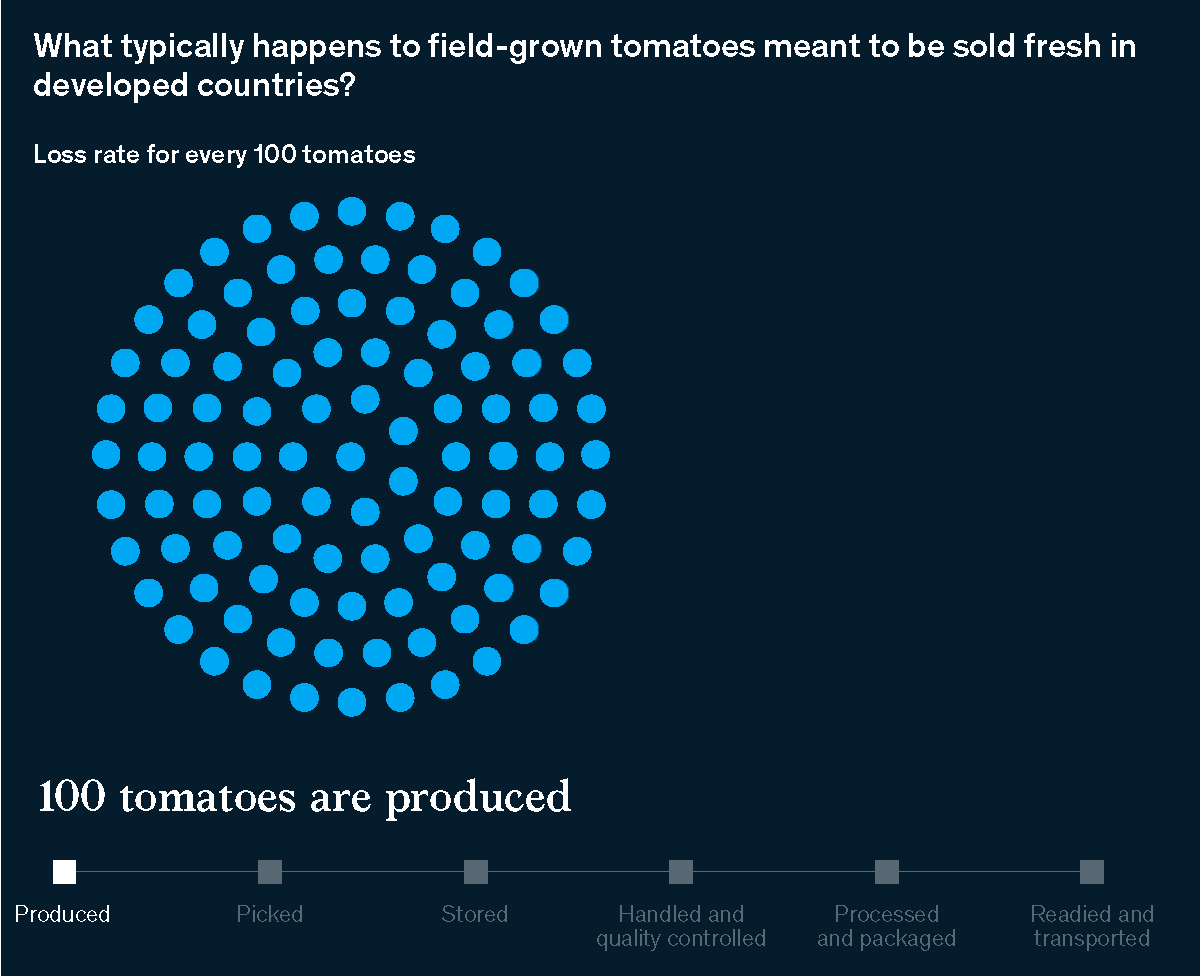











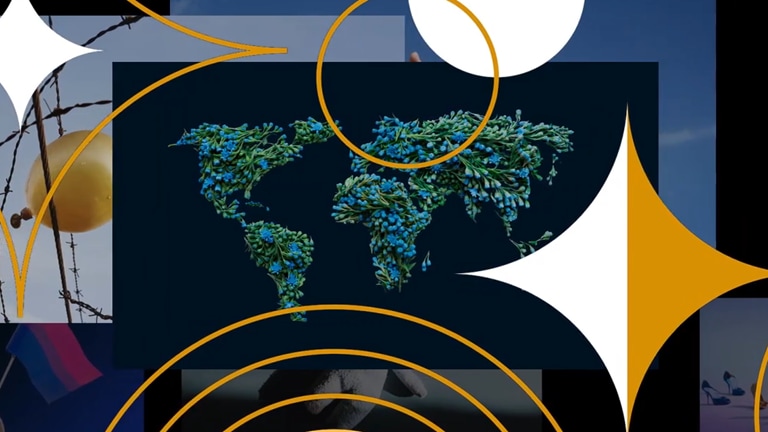

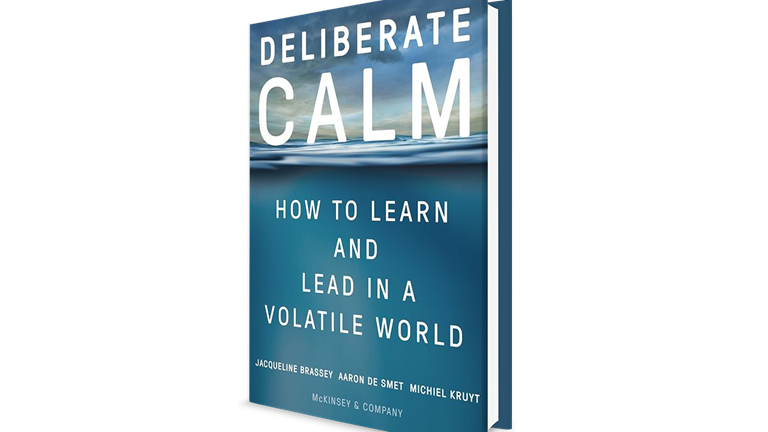

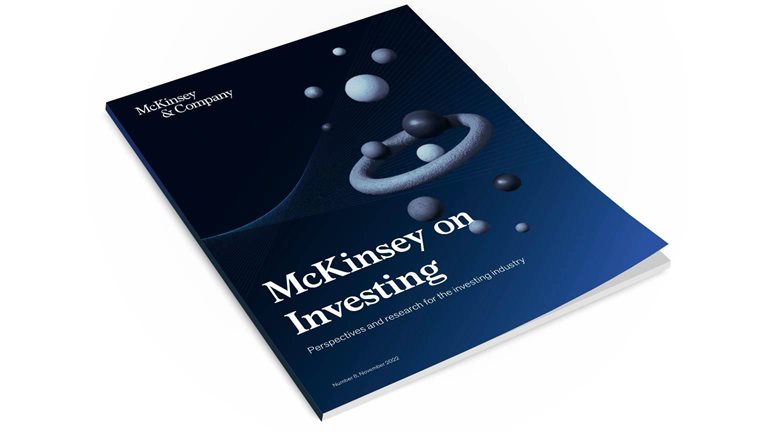















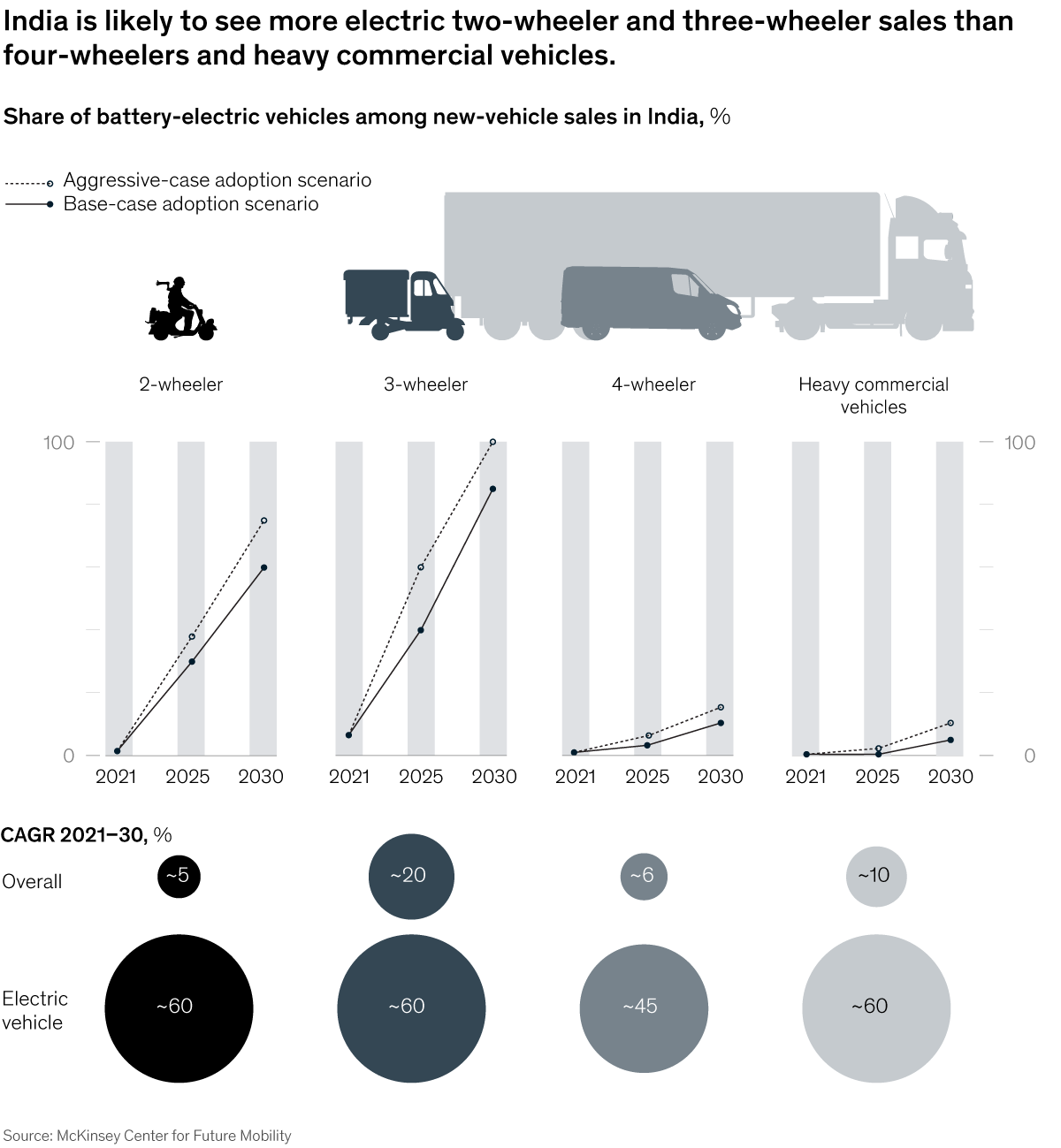












.png?width=1200&upscale=true&name=Group%201%20(6).png)




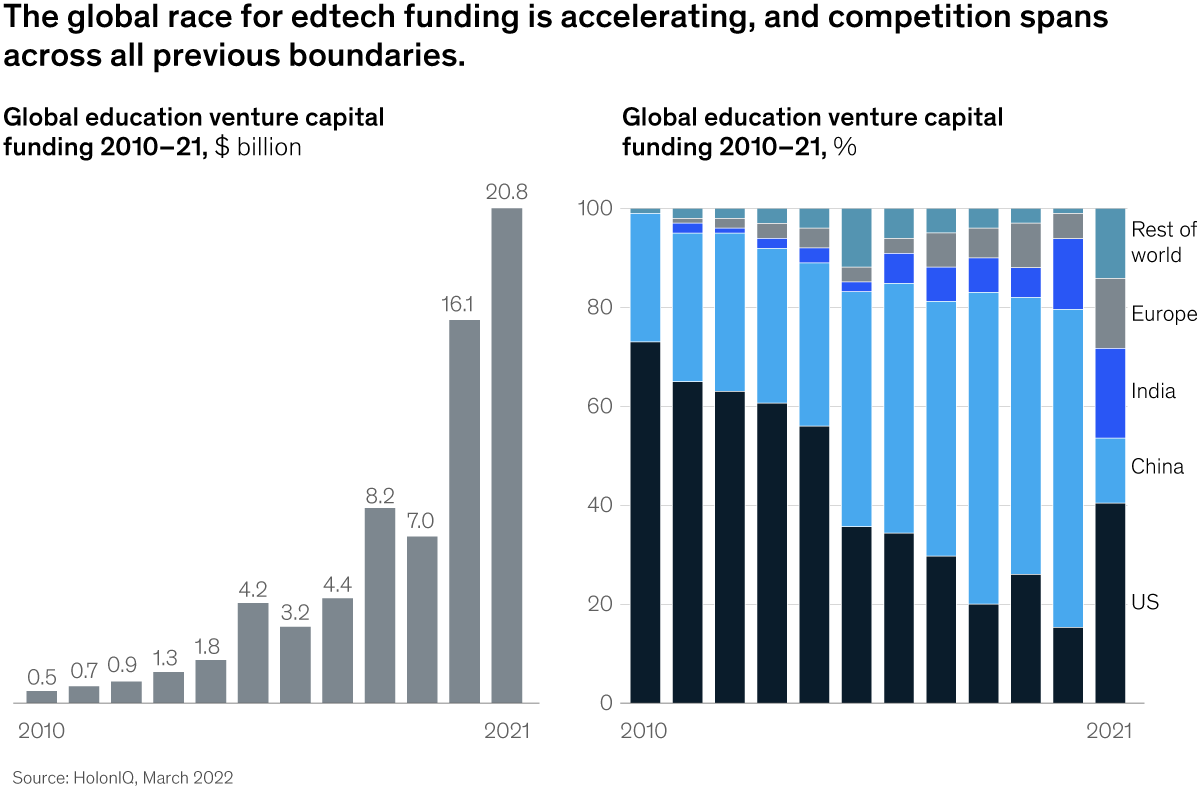




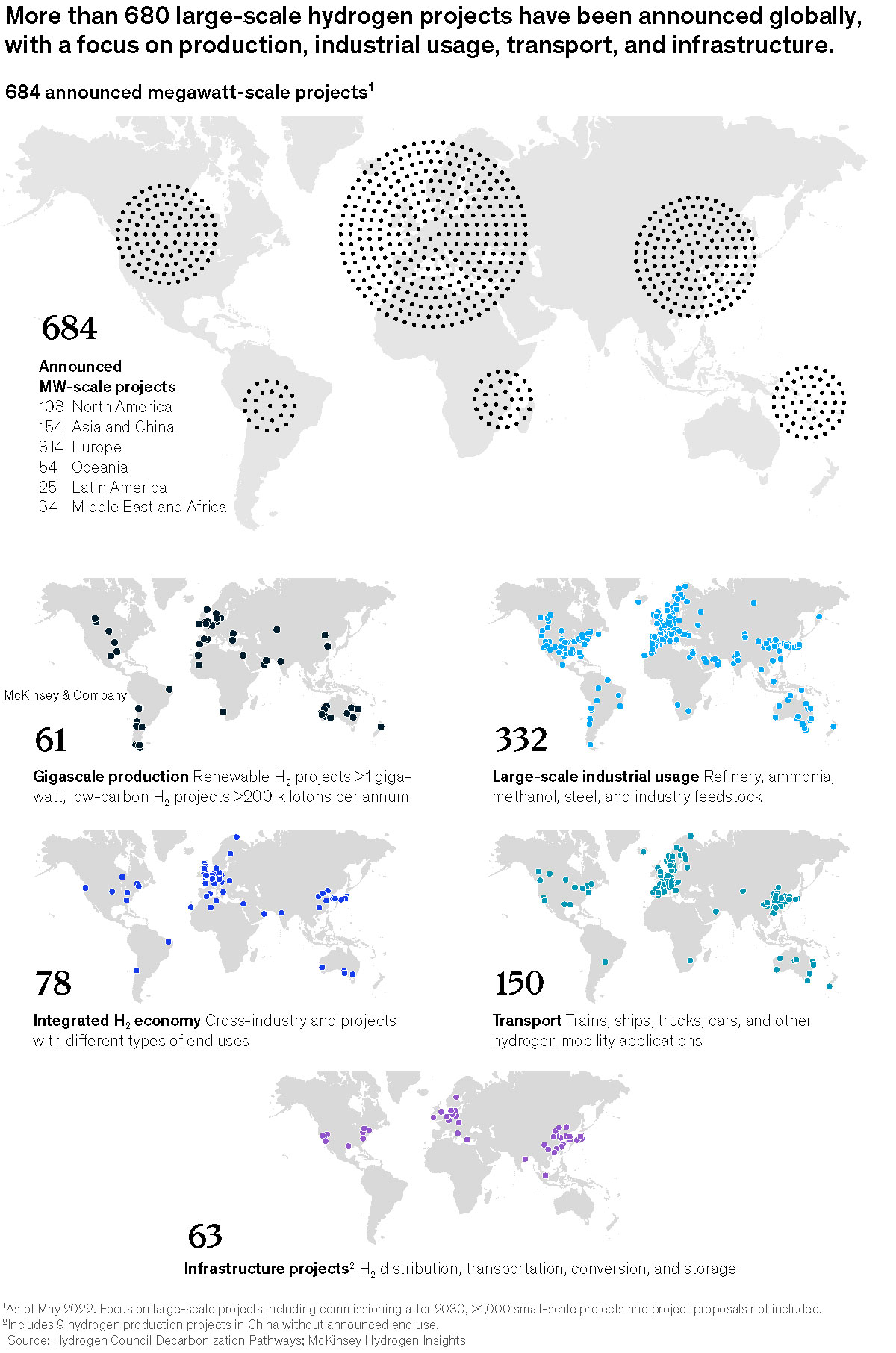


.png?width=1120&upscale=true&name=service-vs-apim_email-header_date%20(1).png)